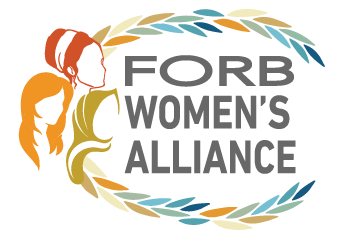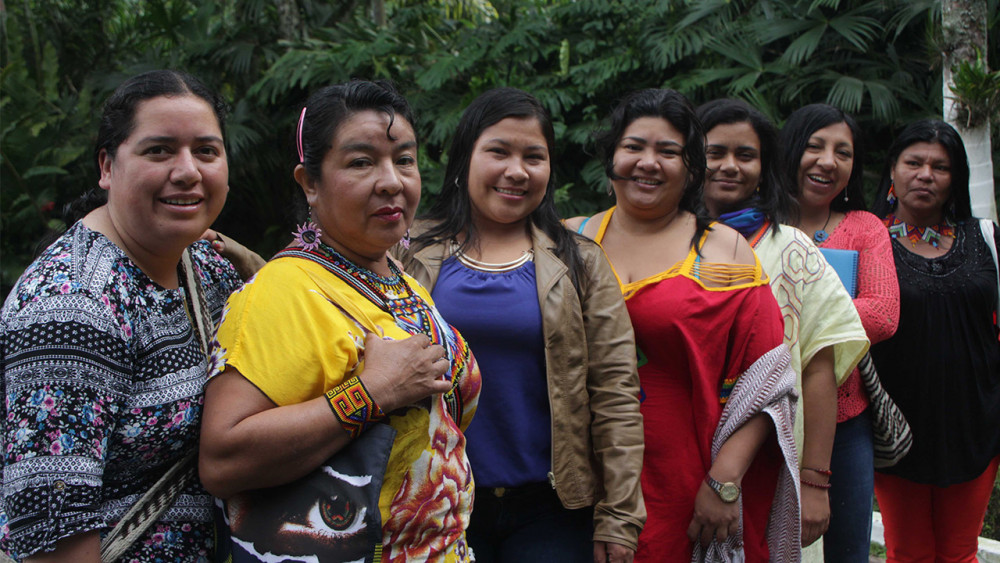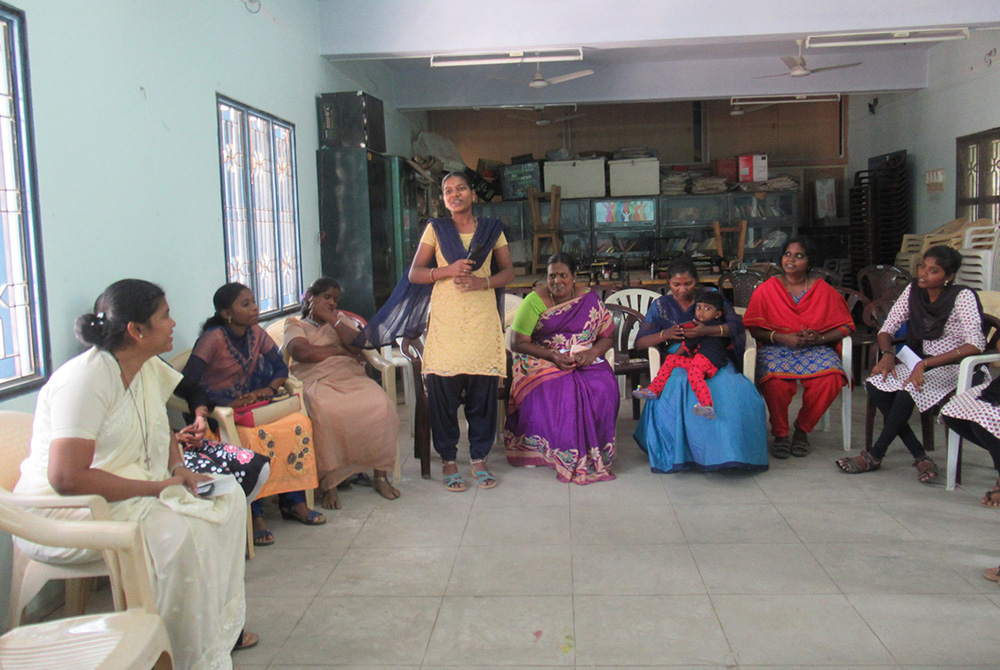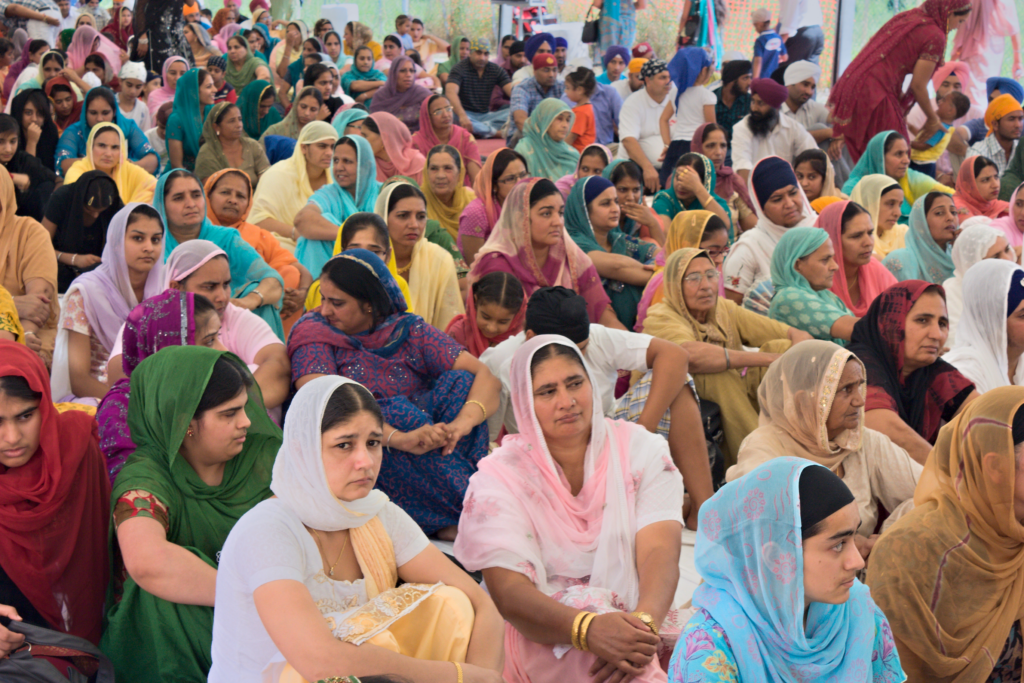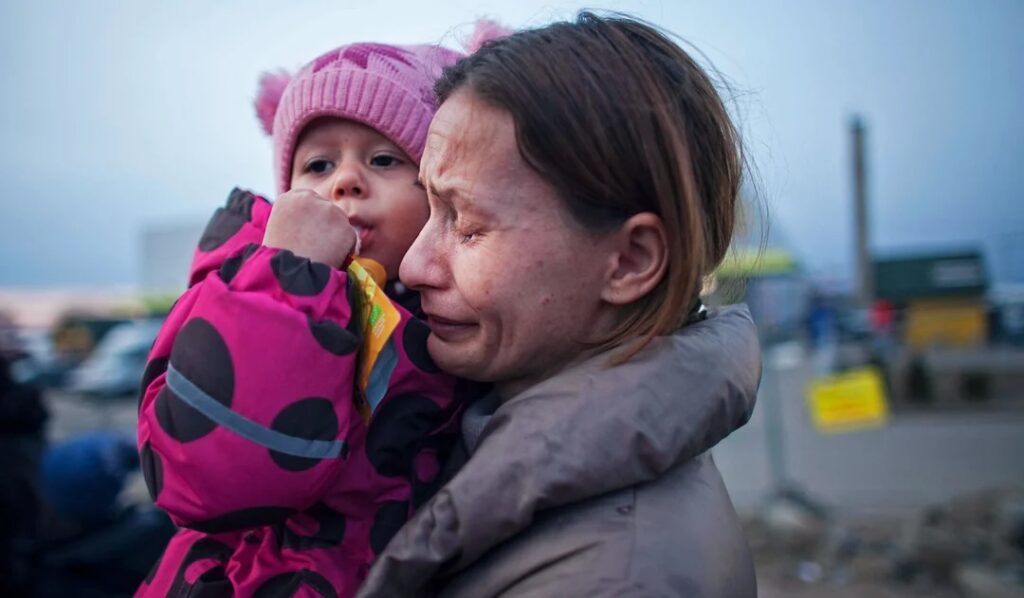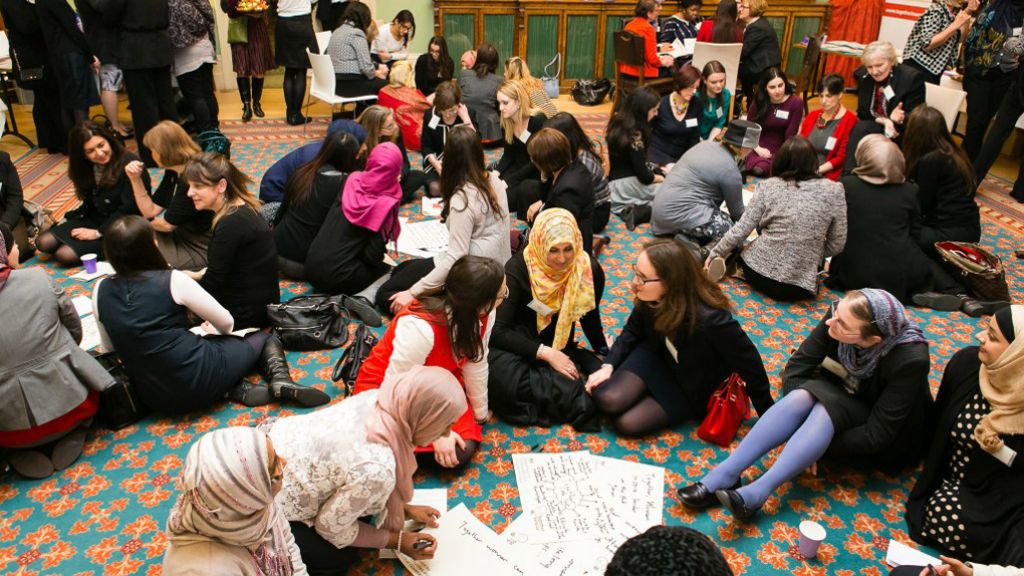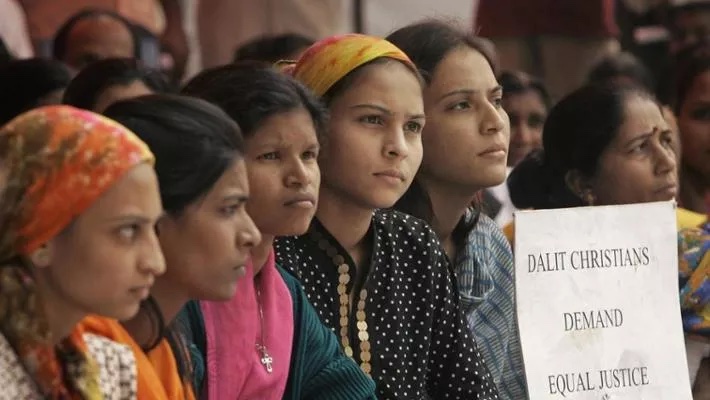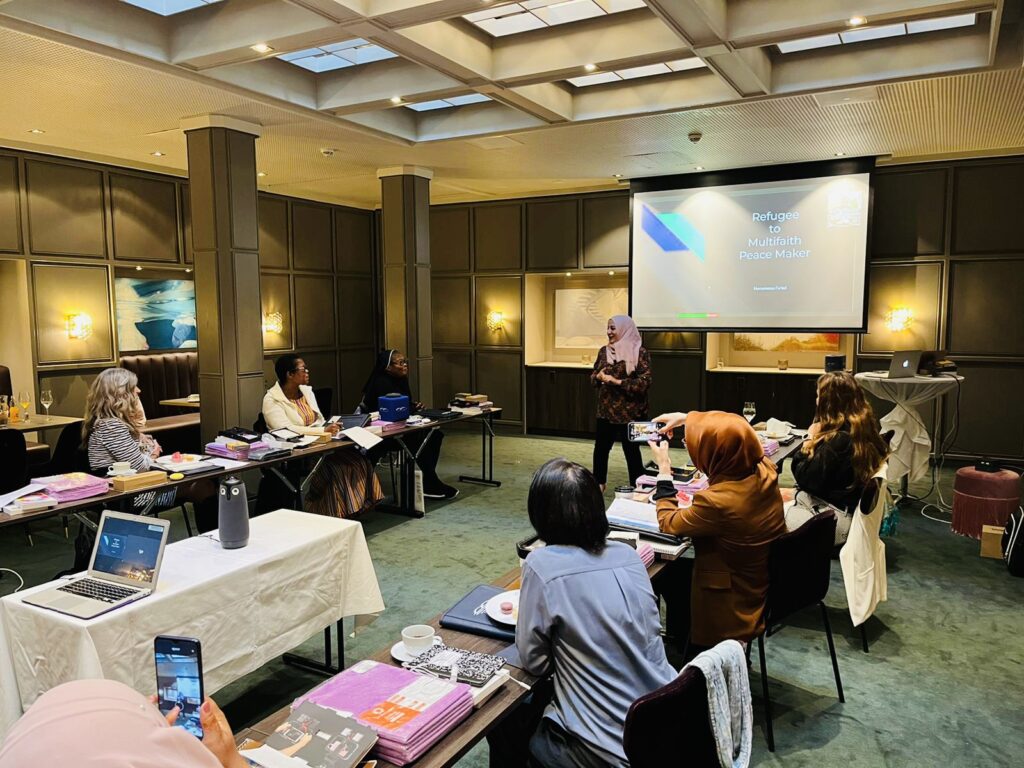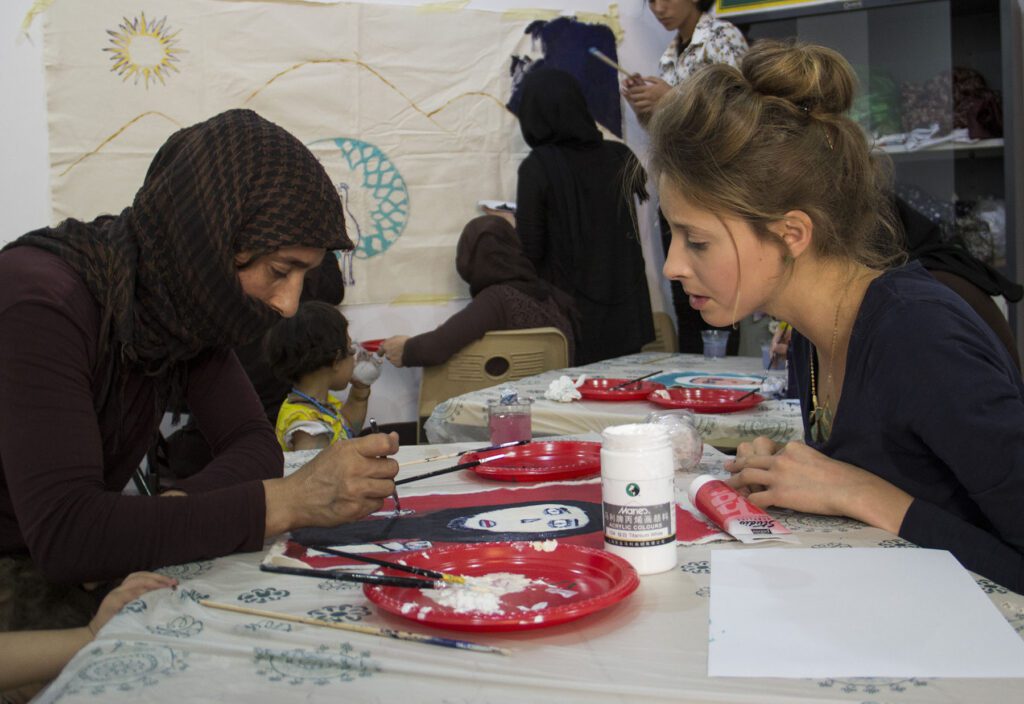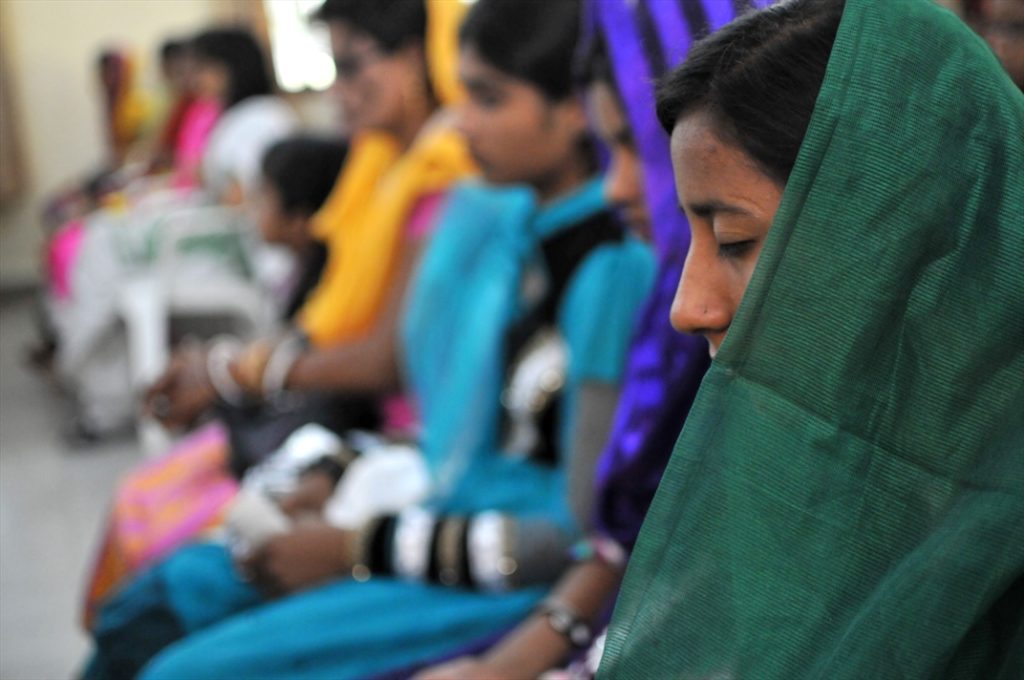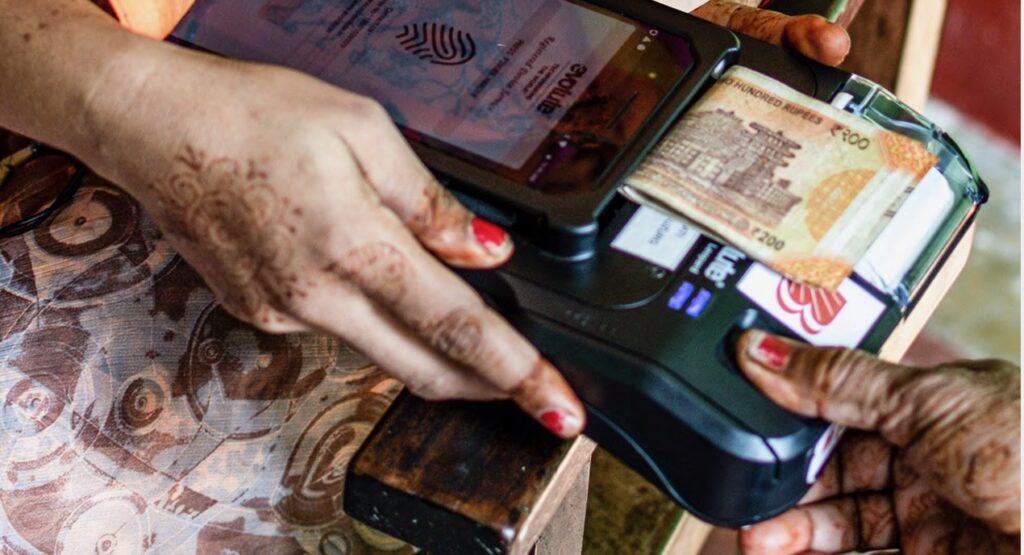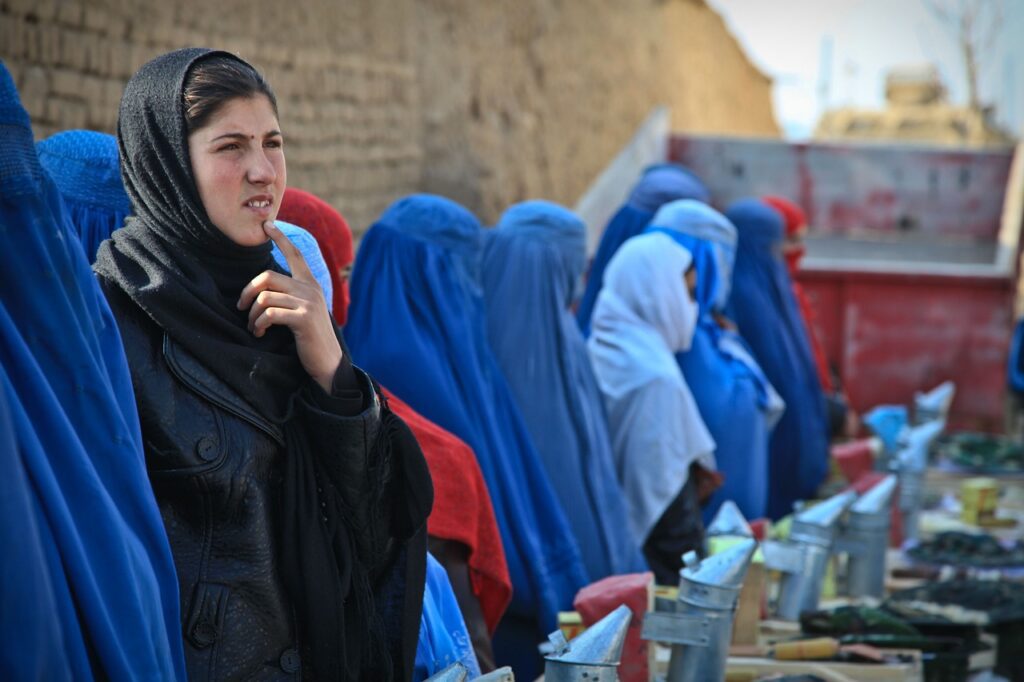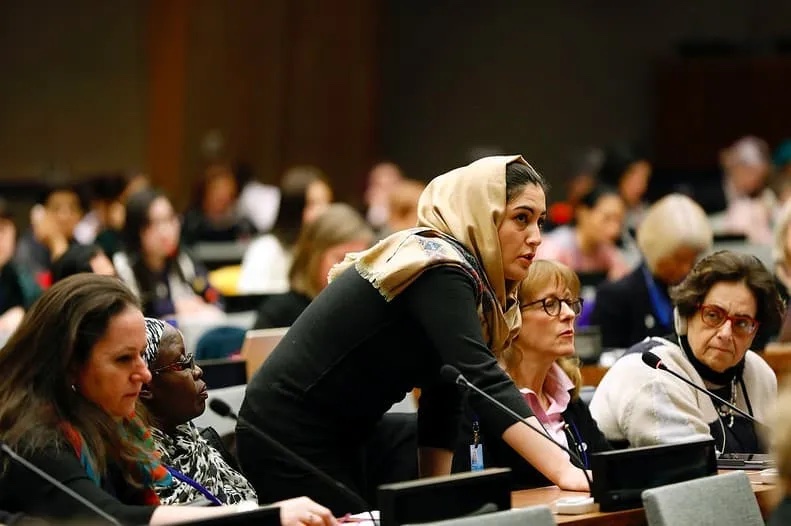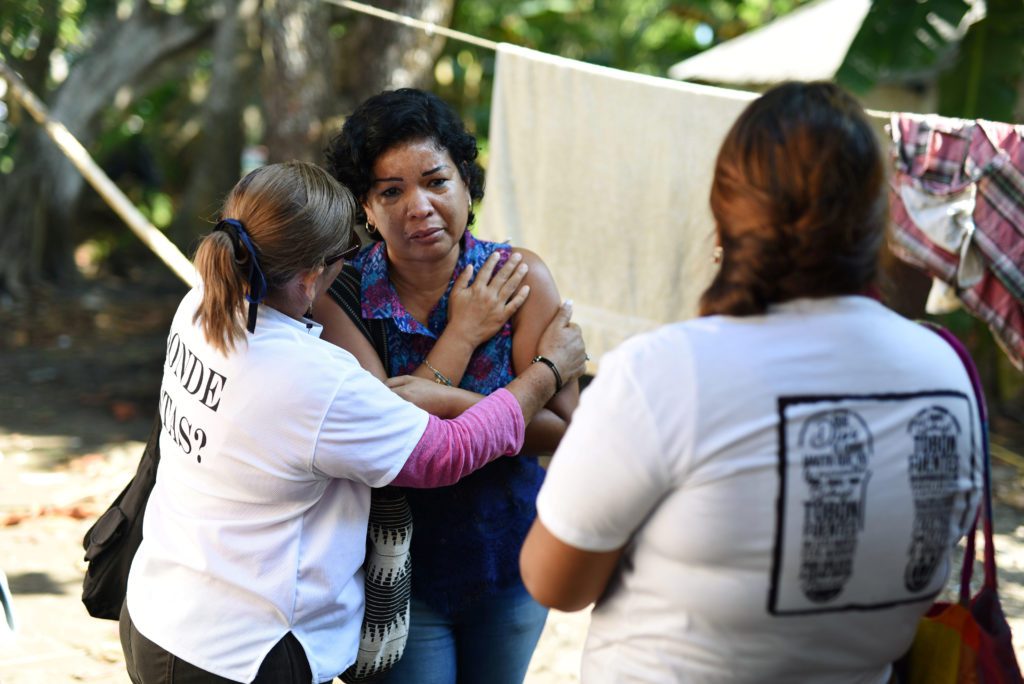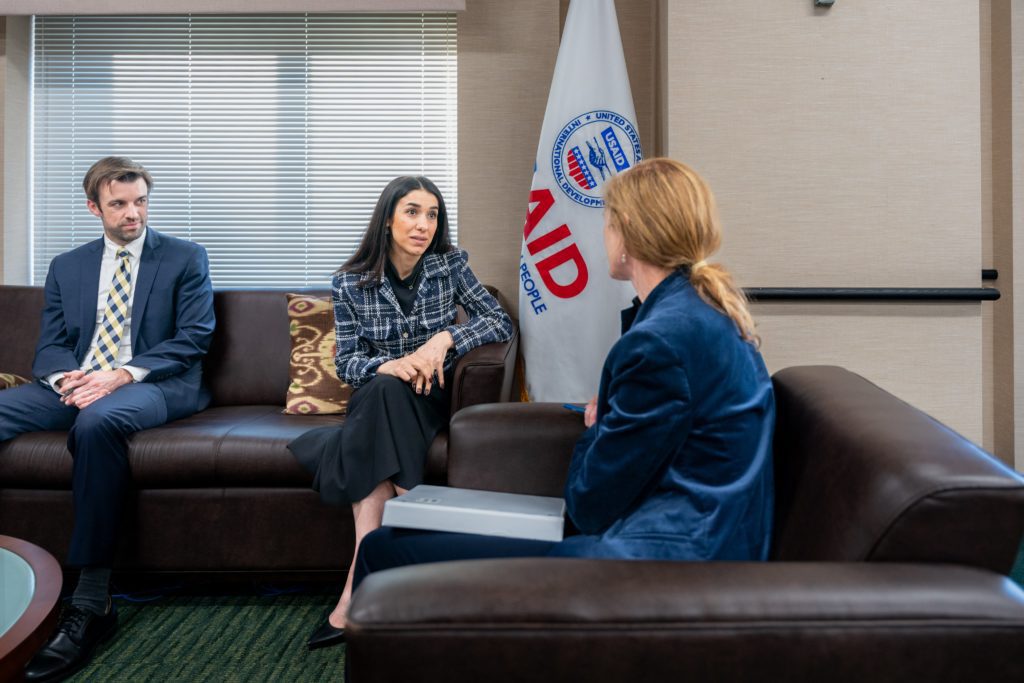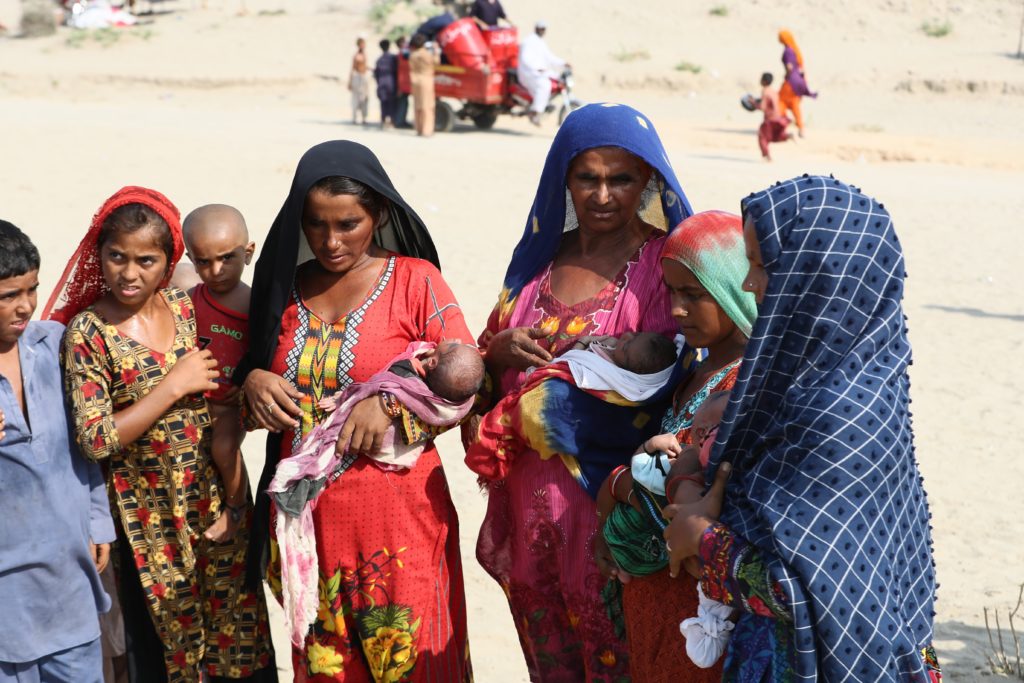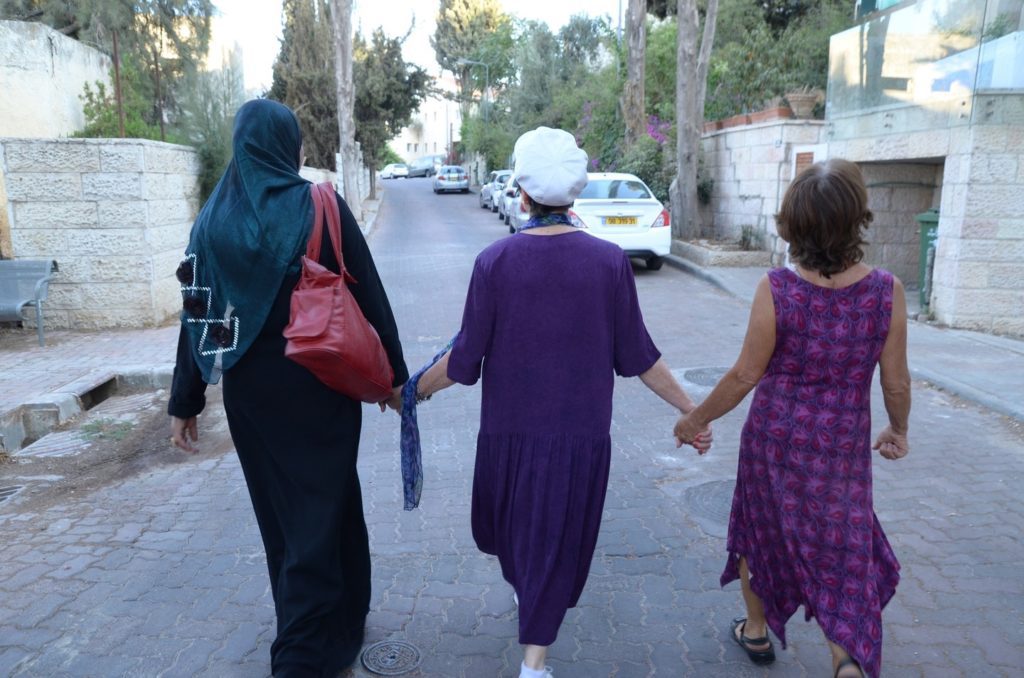Social enterprises–organizations and businesses tackling social problems with a mission to uplift and improve people, the environment, or their community–can be both for-profit or non-profit. Socially responsible enterprises, whether non-profits, civil society groups, or NGOs, use creative, sustainable business strategies to meet and achieve social change.
Socially responsible enterprises are one of the “largest movements of our time,” according to Dr. François Bonnici, head of social innovation at the World Economic Forum. Nearly 11 million social enterprises (SEs) worldwide provide innovative sustainable solutions to social, environmental, and other problems that help uplift often underserved communities.
The European Commission reports that SEs employ over 40 million people and engage over 200 million volunteers worldwide. Of the world’s social entrepreneurs, about 45% are female. According to the British Council and Social Enterprise UK research, More in Common: The Global State of Social Enterprise, “almost every country studied, social enterprises were more likely to be led by women than businesses more widely, pushing forward gender equality.”
Since countless social impacts are not amplified beyond their immediate communities, let’s consider some strategic steps that can reinforce measurable, evidence-based impact to help such enterprises increase followers, enhance the support base and generate partnerships while improving the possibility of capturing the attention of social impact investors.
Steps to Amplify Your Social Impact Enterprise
It is important to develop and continually assess your “theory of change” business plan by:
- Reviewing your plan’s:
- Inputs: Resources (funding, tools, staff) to develop/launch a SE.
- Activities: Actions to create, sell, deliver social impact, and nurture business/social relationships.
- Reviewing your expected results:
- Outputs: Tangible number of products/services sold/provided and number of end-users to reach impact goals.
- Outcomes: Changes and results on the targeted population and social problem.
- Impact: Defined “impact” on served audience and problem.
- Integrating within your plan one or more of the 17 UN Sustainable Development Goals (UNSDGs)–global guiding frameworks to reach by 2030 that are aligned with the world’s top priories and basic needs. The UN Secretary-General’s annual report on UNSDG progress notes that only 12% of assessed targets are on course for 2030. The “Rescue Plan for People and Planet” theme for this September’s SDG Summit will call for increased financing to accelerate sustainable development.
- Setting tangible differentiation of your SE and position the relevance of your product/service to your customers’ preferences–from pricing to packaging, to design and marketing with a branding exercise:
- What social problem is your SE seeking to solve?
- How is your SE different from thousands of other SEs?
- Who are the beneficiaries – how will you reach them?
- What are you selling/offering? How will you distribute/sell and at what price?
- How will you remain competitive and scale?
- Establishing your brand’s voice, color, logo, tagline, and identity–and remain consistent. Share your brand’s story–purpose, mission, and how its impact will solve an identified problem–with authentic storytelling to build emotional bonds with potential beneficiaries and investors.
- Sharing your successes across social media channels once you have evidence-based impact stories to tell. To increase your social engagement, create visuals–photos, graphics, videos–that enhance your storytelling.
- Giving your impact a face. A video of a new mother in a war zone receiving an infant care package from your NGO captures hearts and minds more instantly than do stats and charts. Emotional engagement empowers supporters and socially conscious consumers with tangible proof of their contributions’ impact.
- Engaging in ethical storytelling. Make sure the mother videotaped is aware that she is being taped and agrees to have her face/identity showcased across your social sites, website, and maybe even media outlets. Ethical, permission-based photography/videography protects your integrity and community. Make ethical practices part of your organizational best practices.
- Determining which social sites your supporters gravitate to the most and use those sites to reach your targeted and potential audience(s). Don’t spread yourself too thin across multiple social sites. Use:
- LinkedIn to reach potential donors/supporters and join related socially responsible/ impact investor groups.
- Twitter for visual snap news and tips.
- Facebook for longer posts to embrace Followers, volunteers, beneficiaries, etc.
- Instagram to post visuals that capture attention and add multiple hashtags.
- Adding hashtags specific to your NGO and the sectors served.
#SoEnt #socialgood #dogood #givingback #socialimpact #womensrightsarehumanrights #womenempoweringwomen
Adding #UNSDG along with relevant hashtags (i.e., #endpoverty, #endhunger #UNSGD2.)
- Aligning with national and international observances and their respective hashtags (i.e., #StopGBV #OrangeTheWorld, etc.) to join a wider social dialogue, get noticed and attract new Followers.
- Helping potential social impact investors/donors instantly connect with your mission by targeting and reaching out to those whose philanthropic mission aligns with yours.
- Engaging audiences beyond the FoRB niche and with organizations and networks of like-minded social entrepreneurs like Euclid Network, the European Network for Social Enterprises, and Impact-Driven Leaders. Tap into, follow, and learn from relevant organizations like Alliance for Peacebuilding, among others.
Are You Ready for Media Attention?
Amplifying your impact stories through media coverage in mainstream or socially focused media outlets can increase your global recognition and your work’s visibility. Before sharing your impact journey and traction by pitching media editors, consider these simple steps:
- Keep your email pitch short and succinct.
- Introduce yourself, and your NGO’s (link to your website) “elevator pitch.”
- As the founder of XYZ, we are committed to ending femicide in Nigeria and have secured 300 women’s safety since our founding in_______.
- Use bullet points to list your impact and link to relevant pages on your website instead of providing a long list of numbers.
- Weave your NGO’s mission and impact with UNSDGs.
- Offer interviews with yourself and a beneficiary to validate your impact.
- Follow up in a week if you don’t hear back.
- If there’s interest in an interview, prepare yourself and your beneficiary with talking points consistent with your brand’s messaging.
- Once you earn media coverage:
- Send a thank you note to the editor.
- Share the coverage across your social sites–tag the publication and the writer.
- Post media coverage on your website’s News section: this validates your impact for potential donors/investors.
Here’s a sampling of social impact-focused publications to consider pitching. Before reaching out, prepare multiple and tangible impact proof points to share. Their coverage could lead to mainstream media coverage:
- Cause Artist–empower and inspire 1 million entrepreneurs, professionals, and consumers, dedicated to creating a more sustainable and regenerative world.
- Conscious Magazine–highlights innovative ideas and creative solutions’ global impact.
- Devex–an SE and a media platform focused on the global development community.
- Global Citizen–the global action community, focused on ending extreme poverty.
- GreenBiz–media & events company accelerating the “just transition to a clean economy”.
- Impact Entrepreneur–the world’s first and largest community of “systems changemakers” launched in 2011 by Laurie Lane-Zucker who coined “impact entrepreneur,” brings changemakers to collaboratively build a supportive business paradigm and ecosystem (“impact economy”)–launched the IE magazine in 2021.
- Next Billions–insights by social entrepreneurs, investors, researchers, and emerging markets businesses’ impact stories.
- Pioneers Post–social enterprise magazine/news network for global impact community.
- Rest of World–tech-focused social economy publication featuring people’s experiences with technology beyond the West.
- SEE Change Magazine–featuring SE founders and social impact investors, with guidelines, “how-to” articles, podcasts, and more.
- Social Enterprise Alliance–accredited SE and fee-based member network, helping U.S. social enterprises grow revenue and impact through multiple platforms.
- The Conscious Investor–focused on the world of impact investing.
- Triple Pundit –focused on the intersection of people, planet, and profit–sustainability, corporate social responsibility (CSR), and finance.
- YES Magazine–solutions journalism publication offering articles on communities’ responses to social problems.
One non-profit that successfully establishes its impact, storytelling, and tangible differentiation, is International Civil Society Action Network (ICAN). ICAN “promotes inclusive and sustainable peace in countries affected by violent conflict, extremism, militarism, and closing political space.” It regularly shares social impact stories from its local partners, Women’s Alliance for Security Leadership (WASL), across over 40 conflict zones. One of its differentiating offerings is Innovative Peace Fund (IPF)–the first and only independent, multi-donor, global grant-making mechanism that provides financial support and technical assistance to women-led peacebuilding organizations–tagged as “investing in trust.” IPF empowers grantees to set priorities since they know best their local needs. Through numerous webinars, publications, and programs, IPF amplifies its partners’ impact, while educating and empowering them to advance their local initiatives.
Review some of ICAN’s successes and remember that socially-responsible non-profits are an ever-evolving and changing business.
Let’s make an impact!!
Jackie Abramian is a social enterprise advisor and board member, committed to amplifying the work of women peacebuilders, change makers, and social entrepreneurs, ensuring they have a seat, or two, at the table and are on “the menu” during all negotiations. As a corporate communications strategist, she’s the founder of Global Cadence and a regular contributor to The Progressive, Ms. Magazine, March8, EuroNewsweek, Impact Entrepreneur, and previously to Forbes, Grid Daily News, Thrive Global, and HuffPost, among others.
